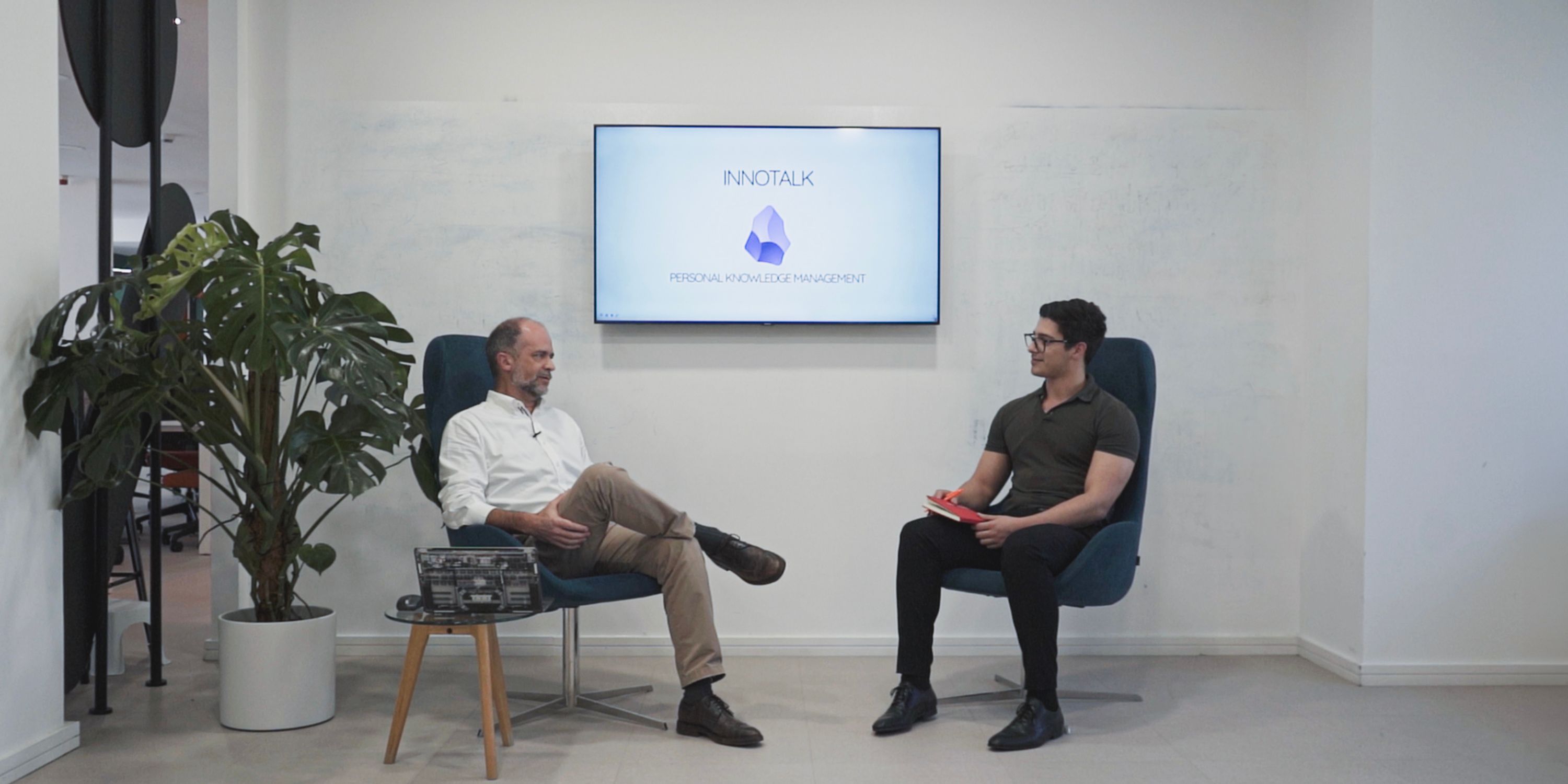In the rapidly evolving realm of software development, quality and speed must go hand in hand. Test-Driven Development (TDD) is a development methodology that helps teams write better software, faster—without compromising on quality.
At its core, TDD flips traditional coding on its head. Instead of coding first and testing later, TDD requires you to write a test before writing any functional code. This might sound backwards at first, but in practice, it leads to cleaner, more intentional development.
The TDD approach helps reduce bugs. You can use it when building strong APIs, smooth mobile apps, or lively user interfaces. It also improves design and boosts confidence during the development process.
What is Test-Driven Development?
Test-Driven Development is a software practice where you write a failing test before writing any code. Then you write just enough code to pass the test, and finally refactor the code to improve structure and maintainability.
This cycle repeats for every new piece of functionality, ensuring that your codebase is always tested, clean, and reliable.
Why TDD Matters More Than Ever
Modern software teams are under constant pressure to deliver quickly without sacrificing stability. That’s where Test-driven shines.
By baking test processes into every stage of development, TDD helps teams:
Catch bugs early
Design modular, loosely coupled code
Refactor safely
Improve team communication
Ship confidently
TDD isn’t just about writing tests—it’s about writing better code from the start.
The Red-Green-Refactor Cycle
TDD is built around a simple three-step process:
Red: Write a Failing Test
Start by writing a test that defines the expected behavior of a new function or feature. Since the implementation doesn’t exist yet, this test should fail.
Green: Write Code to Pass the Test
Write the minimal code necessary to pass the test. Avoid overengineering. The goal is simply to make the test pass.
Refactor: Clean and Optimize the Code
Now that the test passes, improve the code’s structure. Refactor variable names, remove duplication, and simplify logic—without changing behavior.
Repeat this cycle frequently. It becomes a rhythm that keeps your codebase healthy and adaptable throughout the development cycle.
Benefits of the TDD Approach
Here’s what you gain by using TDD consistently:
Comprehensive Test Coverage
Because you write a test for every piece of functionality, your system is always covered.
Better Design
TDD naturally encourages modular, decoupled components, which are easier to maintain and evolve.
Early Bug Detection
Writing code to pass the test ensures that bugs are caught early—often before they ever reach production.
Built-In Documentation
Tests describe what your code does. They become living, executable documentation for your team.
Safer Refactoring
Need to make changes? No problem. Your test suite will alert you if anything breaks.
Higher Developer Confidence
Knowing that every change is backed by a test lets developers move faster with fewer mistakes.
TDD vs. Traditional Testing Approaches
Test-Driven Development (TDD) and traditional testing differ not only in sequence but in philosophy. In TDD, tests are written before the actual code. This guides the design and makes sure each function is checked from the beginning.
This test-first approach enforces smaller, modular code units and tight feedback loops, encouraging developers to write only the code necessary to satisfy the test.
Traditional testing, on the other hand, typically occurs after the code is written. It’s often used to validate behavior at a higher level—usually through integration or system tests—once features are already built.
As a result, traditional testing is more reactive, aiming to catch bugs after the fact, rather than prevent them during design.
The implications of these approaches show up in code quality, maintenance, and confidence. TDD leads to better internal architecture because the code is developed with testing in mind, making it inherently more modular and easier to refactor.
It also provides immediate feedback during development, helping teams catch regressions early.
In contrast, traditional testing may miss edge cases or tightly coupled logic, especially when time constraints push teams to write fewer tests.
While traditional testing can validate broad functionality, it rarely influences design decisions in the same way TDD does—meaning teams may detect failures later, when they’re harder and more expensive to fix.
Real-World Test-Driven Development Use Cases
Web Development
TDD ensures consistency across both front-end and back-end components. Frameworks like Jest, Mocha, and Testing Library make this seamless.
Mobile App Development
Languages like Swift and Kotlin offer strong unit testing tools. These tools, like XCTest and JUnit, are great for checking user interfaces and specific platform logic.
Backend Systems and APIs
Use TDD to design resilient APIs with clear contracts. This makes refactoring and scaling easier over time.
Essential Tools for Test-Driven Development
Here are some of the top tools for implementing TDD effectively:
Testing Frameworks
JUnit (Java)
NUnit (.NET)
pytest (Python)
Jest (JavaScript)
RSpec (Ruby)
Mocking Libraries
Mockito (Java)
Sinon.js (JavaScript)
unittest.mock (Python)
CI/CD Integration
Integrate your tests into your pipelines using:
GitHub Actions
Jenkins
CircleCI
GitLab CI
This keeps your test processes automated and your deployments safer.
Challenges (and How to Beat Them)
TDD isn’t perfect. Here are some common challenges—and how to overcome them:
Learning curve? Start small and pair with a mentor.
Time pressure? Focus TDD on critical areas first.
Test maintenance? Refactor tests regularly.
Over-mocking? Balance with real integration tests.
Skipping refactoring? Don’t. This is where quality lives.
Neglecting edge cases? Test both the obvious and the unusual.
Overconfidence in tests? Use additional layers like system and acceptance tests.
Best Practices for TDD Success
- Test one behavior at a time;
- Keep your tests readable and descriptive;
- Stick to short Red-Green-Refactor loops;
- Treat test code as production code;
- Automate your tests in your CI/CD pipeline;
- Test your user interfaces alongside your logic;
- Keep learning and iterating;
Final Thoughts: Code Smarter with TDD
Test-driven development is more than a technique—it’s a mindset.
By starting with a test, you’re forced to think critically about your design, requirements, and intent. You build software that works, is easy to understand, and evolves smoothly over time.
So, if you’re tired of bugs, painful refactors, or late-night hotfixes—give TDD a try. Start small. Stay consistent. And build better software, faster.



